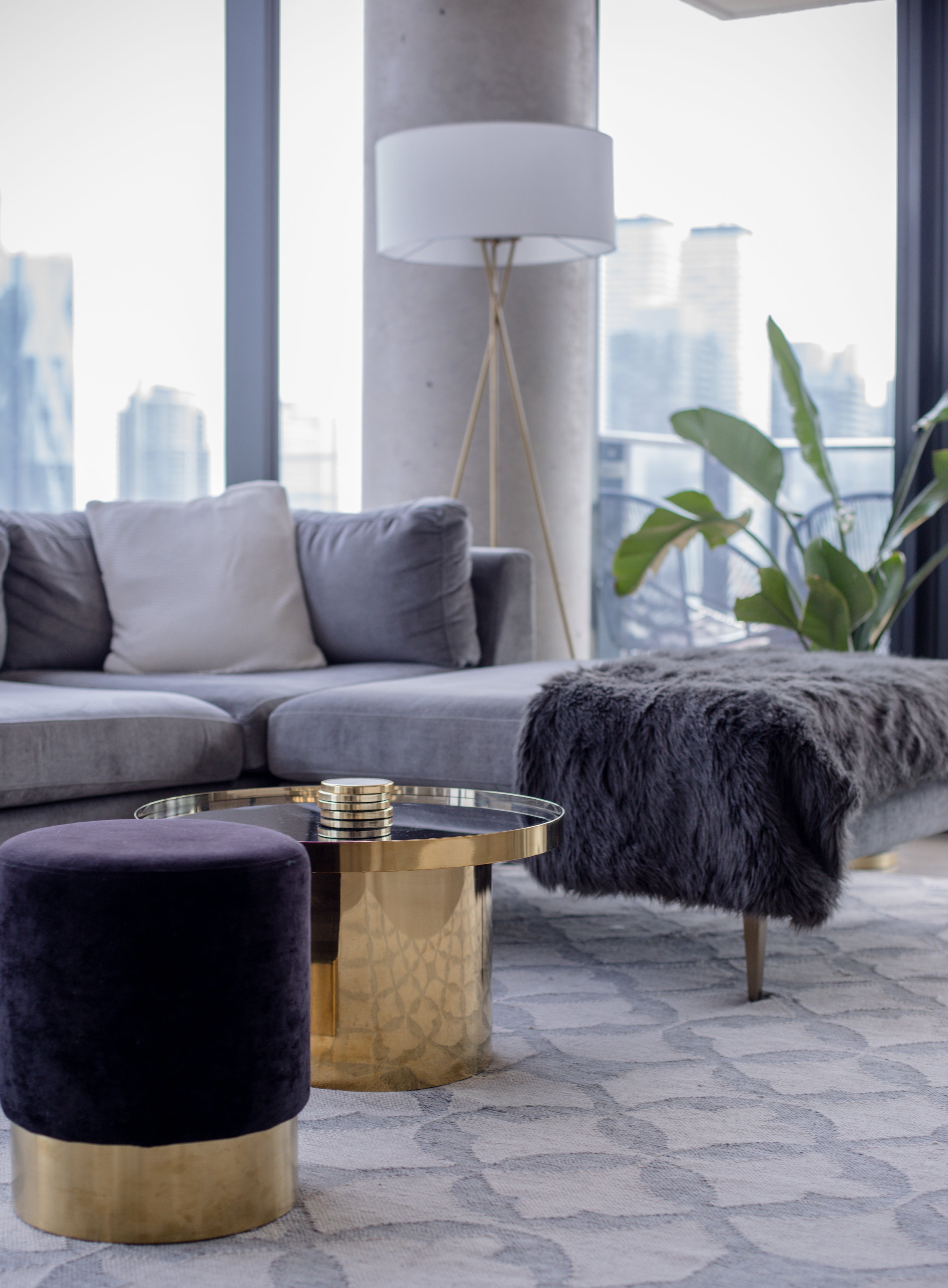Whether you're moving into a new home or refreshing a room, the way you place your furniture can make all the difference. Proper furniture arrangement has the potential to enhance the flow of the space, create a sense of balance, and improve both function and style. Here’s a guide to help you achieve optimal furniture placement that suits your lifestyle while making the most out of your living space.
1. Start with a Plan
Before moving any heavy furniture around, it's important to take a step back and visualize the space. Sketching out the room on paper or using digital tools can give you a clearer idea of how different pieces will fit together. Make sure to measure the room and the furniture to ensure everything fits comfortably without overcrowding the space.
2. Consider the Room’s Function
Different rooms in your home will have different needs. The optimal layout for a living room is going to be different from that of a bedroom or dining room. Consider how you plan to use the room:
- Living room: Focus on creating conversational areas. Arrange sofas and chairs to facilitate discussion, with a focal point such as a fireplace, TV, or artwork.
- Bedroom: Ensure your bed is the focal point, with easy access to nightstands, and room to walk around comfortably. Keep the layout simple and functional.
- Dining room: Make sure there's enough space for people to move around the table. Ideally, there should be at least 36 inches between the edge of the table and any walls or furniture.
- Home office: Arrange your desk for maximum productivity. Position the desk near natural light, and place a comfortable chair that supports proper posture.
3. Create Clear Pathways
One of the key elements of good furniture placement is ensuring there are clear pathways to move freely around the room. Avoid blocking natural walkways with large furniture pieces. In open-plan spaces, aim to create a natural flow that leads the eye from one area to the next. Leave at least 18 to 24 inches of walking space between furniture pieces so people can move comfortably throughout the room.
4. Balance and Symmetry
Symmetry brings a sense of balance to a room. It doesn't mean everything has to be identical, but the placement of furniture should be harmonious. For example, if you have a large couch, balance it out with a pair of smaller chairs, or place end tables or lamps on both sides of the sofa. In the dining room, try to center the table in the room with matching chairs on either side.
However, don’t feel pressured to create perfect symmetry everywhere. Sometimes asymmetry—such as placing an oversized piece of art on one wall—can give the room character and interest. Balance can be achieved through visual weight, color coordination, or varying heights of furniture pieces.
5. Focus on the Focal Point
Every room should have a focal point, whether it's a fireplace, a large piece of art, or a TV. Arrange your furniture around the focal point to draw the eye in that direction. In a living room, this might mean placing the sofa facing the TV or the fireplace. In the bedroom, make sure your bed is positioned to be the dominant feature of the room.
If your space lacks a clear focal point, consider creating one. A bold rug or a striking piece of art can help ground the space and provide a point of visual interest.
6. Allow for Flexibility
A well-arranged space should be functional but also adaptable to various needs. Think about how your space will work for different activities—entertaining guests, watching TV, reading a book, or working from home. Use furniture that allows for flexibility. For instance, modular seating can be rearranged as needed, and multi-functional pieces (like an ottoman that doubles as a coffee table) can be great space savers.
7. Scale and Proportion Matter
Ensure that the size of the furniture is in proportion to the size of the room. A huge sectional in a small room can make the space feel cramped, while small furniture in a large room might look lost. Ideally, choose pieces that suit the room’s dimensions. In larger rooms, use larger-scale furniture to fill the space, and in smaller rooms, select more compact or streamlined furniture.
A good rule of thumb is to leave 3 to 5 feet of space between pieces of furniture for comfortable movement. Ensure your furniture doesn’t overcrowd the room, making it feel cramped or difficult to navigate.
8. Use Rugs to Define Spaces
In an open-concept layout, area rugs can be a great tool to define different functional zones. A large rug beneath the seating area in the living room can anchor the space, while a smaller rug in the dining area can designate the eating zone. Rugs also add warmth, color, and texture to a room, enhancing the overall aesthetic.
9. Think About Lighting
Lighting can make or break the feel of a room. Position furniture in ways that allow natural light to flow through the space. Avoid blocking windows with large furniture pieces. For artificial lighting, consider a combination of task, ambient, and accent lighting, and think about how your furniture might work with lamps or overhead lighting.
10. Don’t Forget About the Walls
Finally, don’t neglect the walls! While it’s tempting to focus only on furniture, the wall space can contribute to the overall design and function of a room. Hang artwork or mirrors to add dimension, and use shelves to display decorative items or store essentials. In smaller rooms, mirrors can create the illusion of space, while in larger rooms, they can enhance the sense of balance.
Conclusion
Optimal furniture placement is more than just a matter of aesthetics; it’s about creating a space that feels comfortable, functional, and cohesive. Take the time to plan your furniture layout based on the room's purpose, flow, and scale, and don’t forget to factor in your personal style. With the right arrangement, any room can be transformed into a space that feels inviting, organized, and enjoyable to live in. Happy decorating


